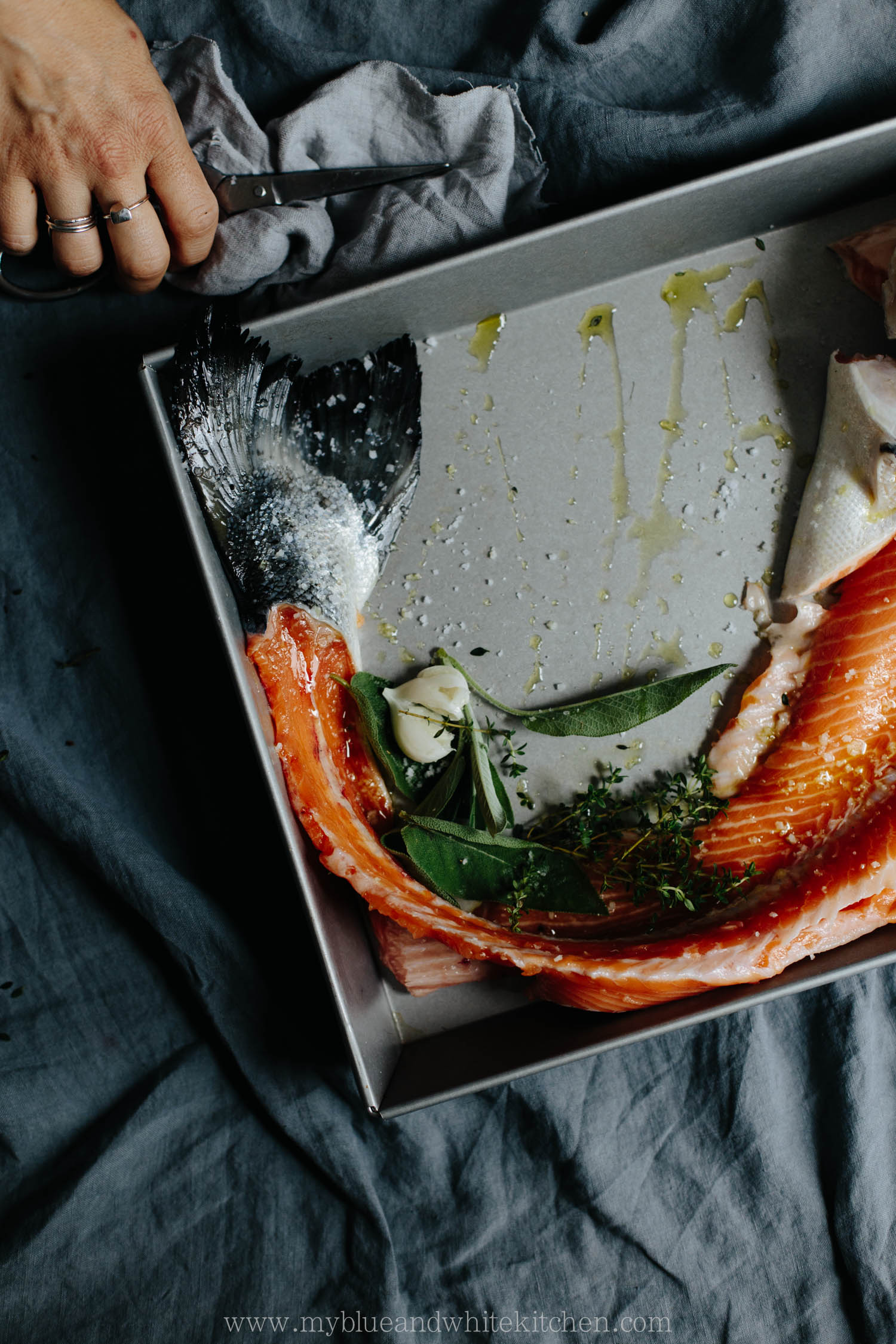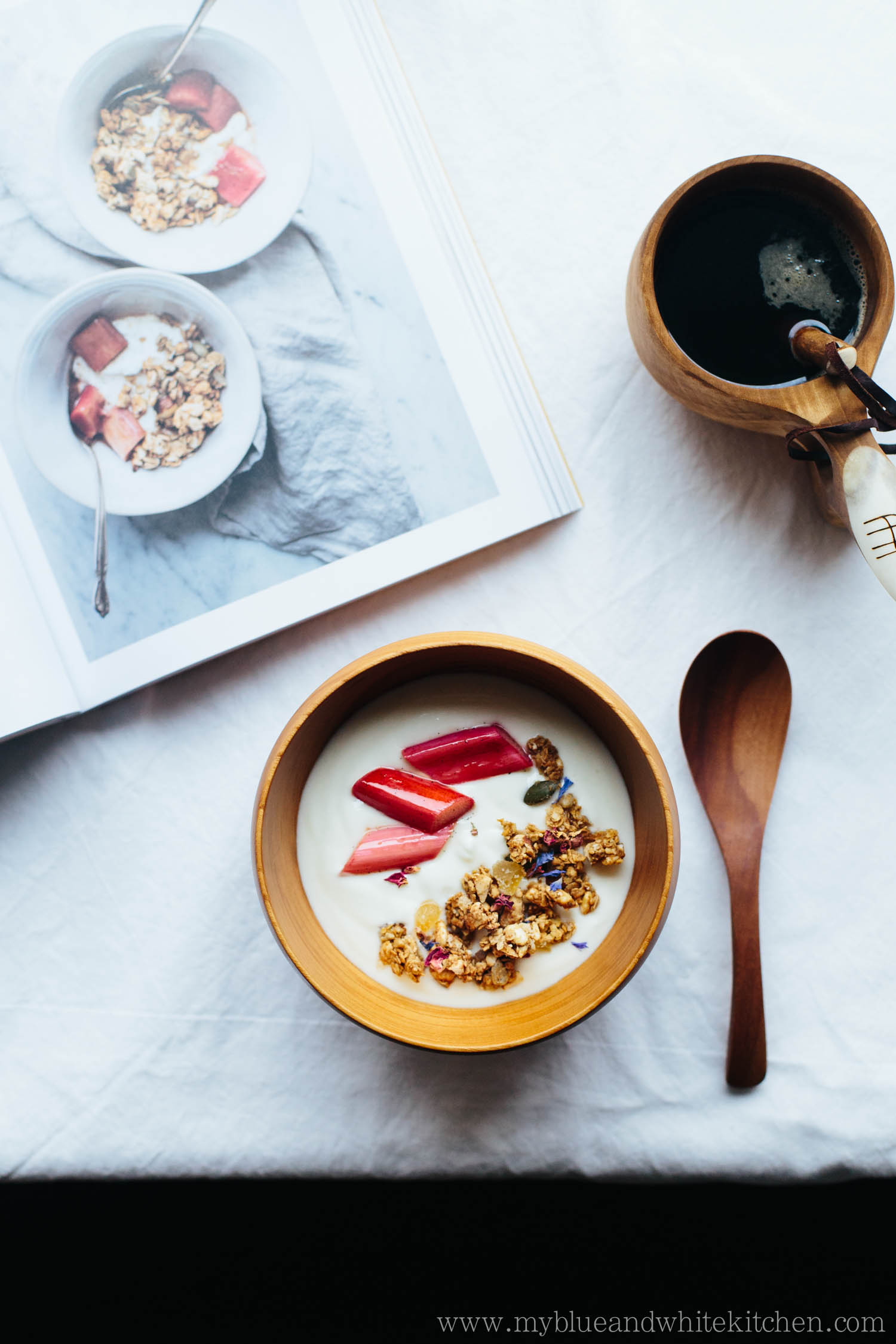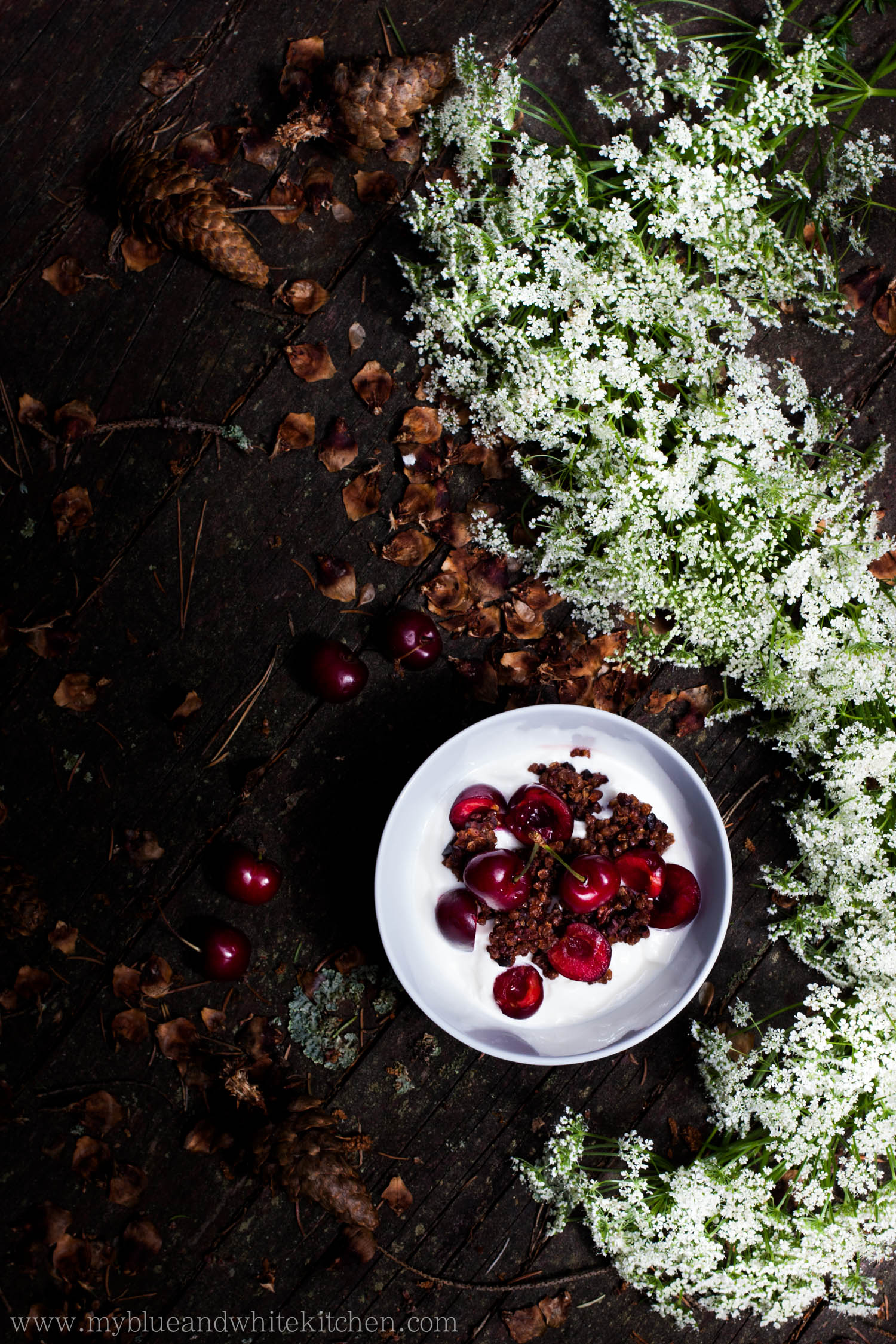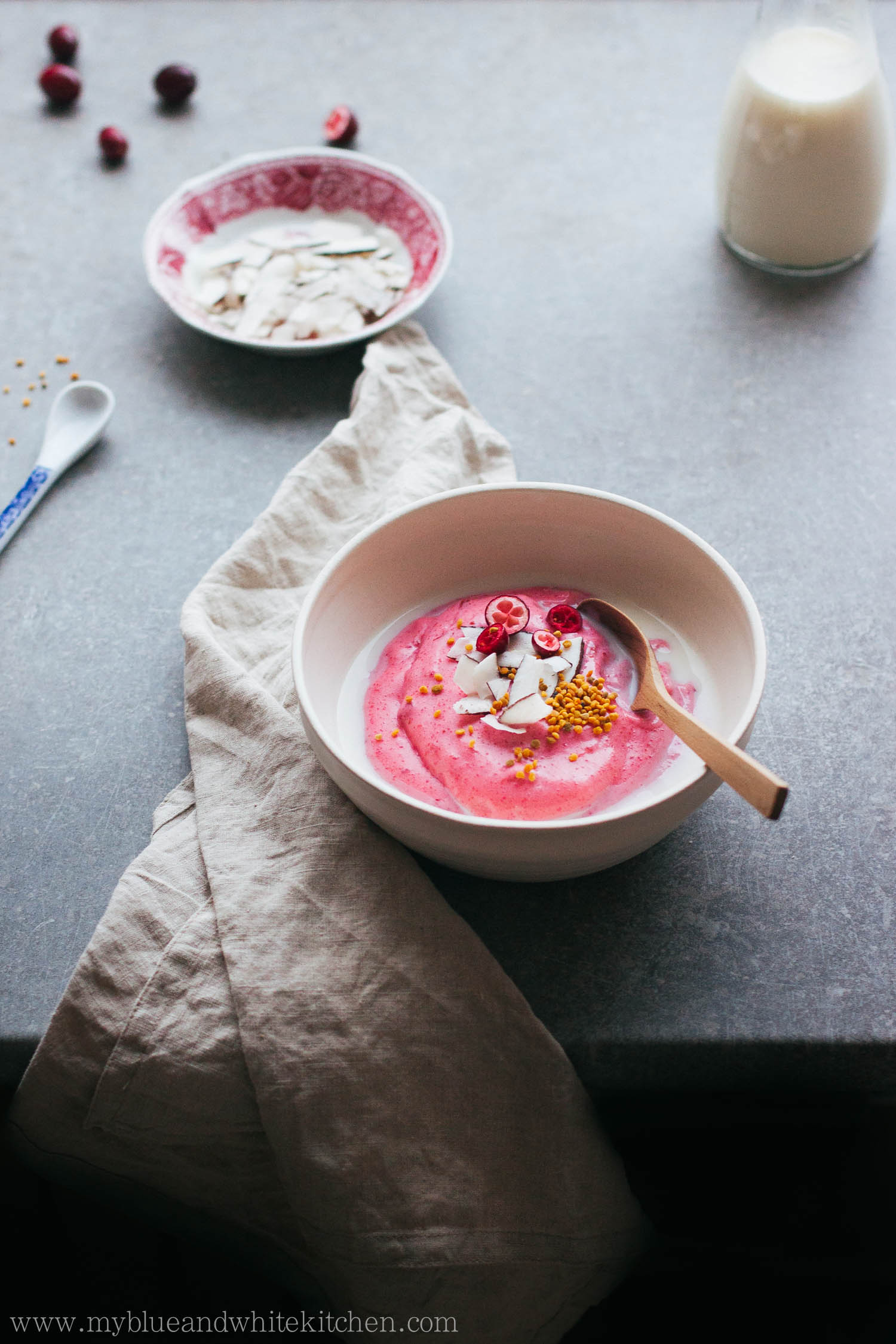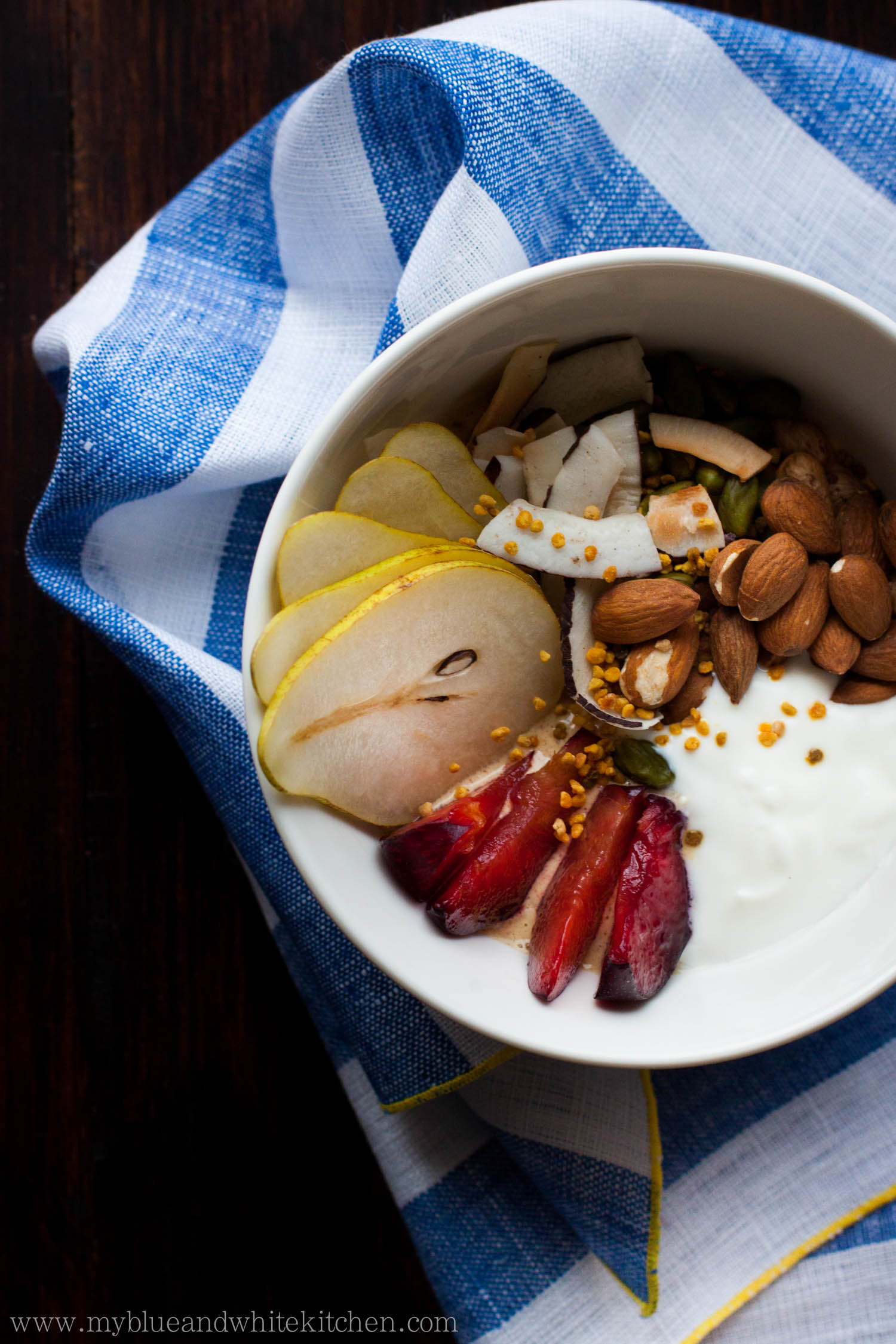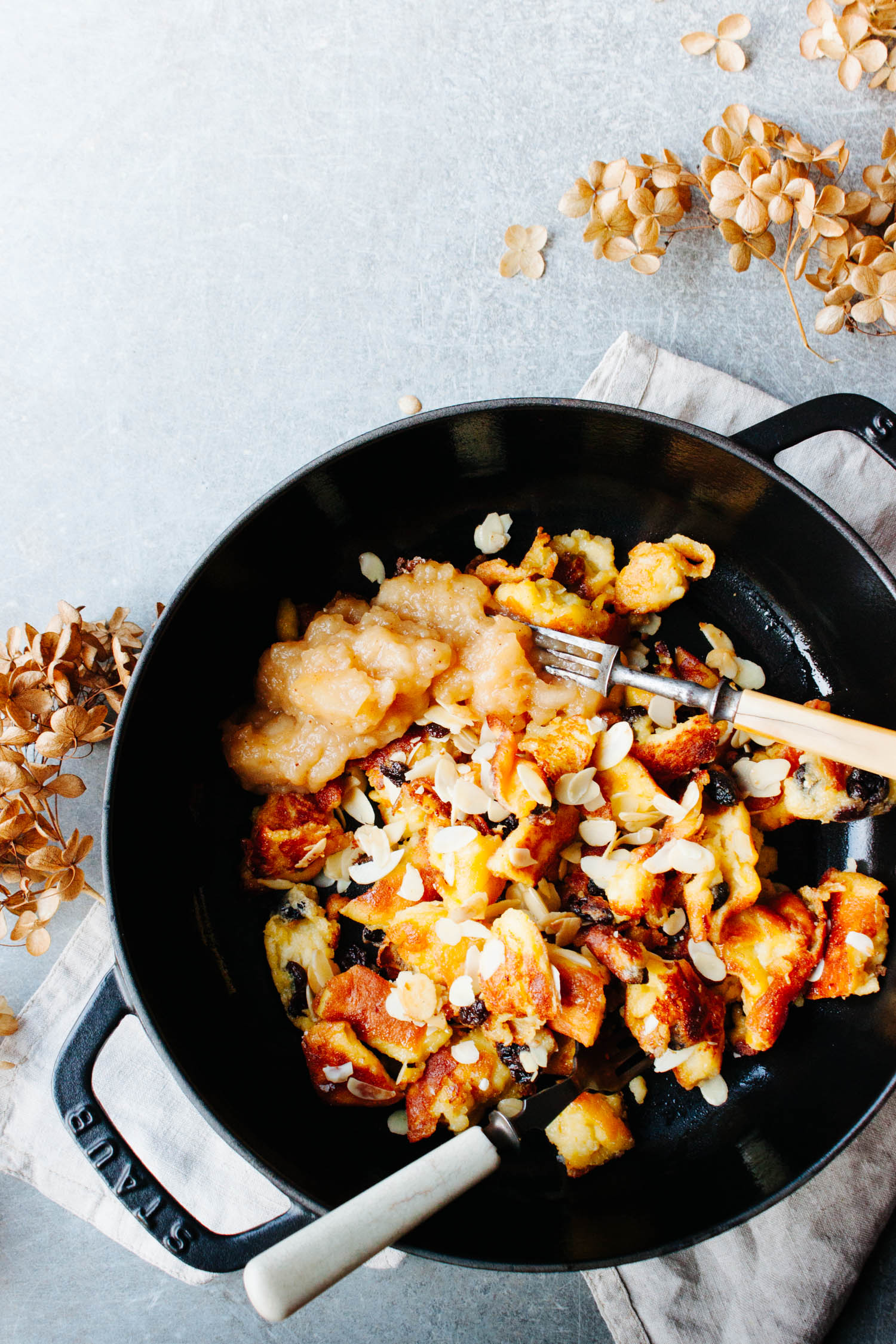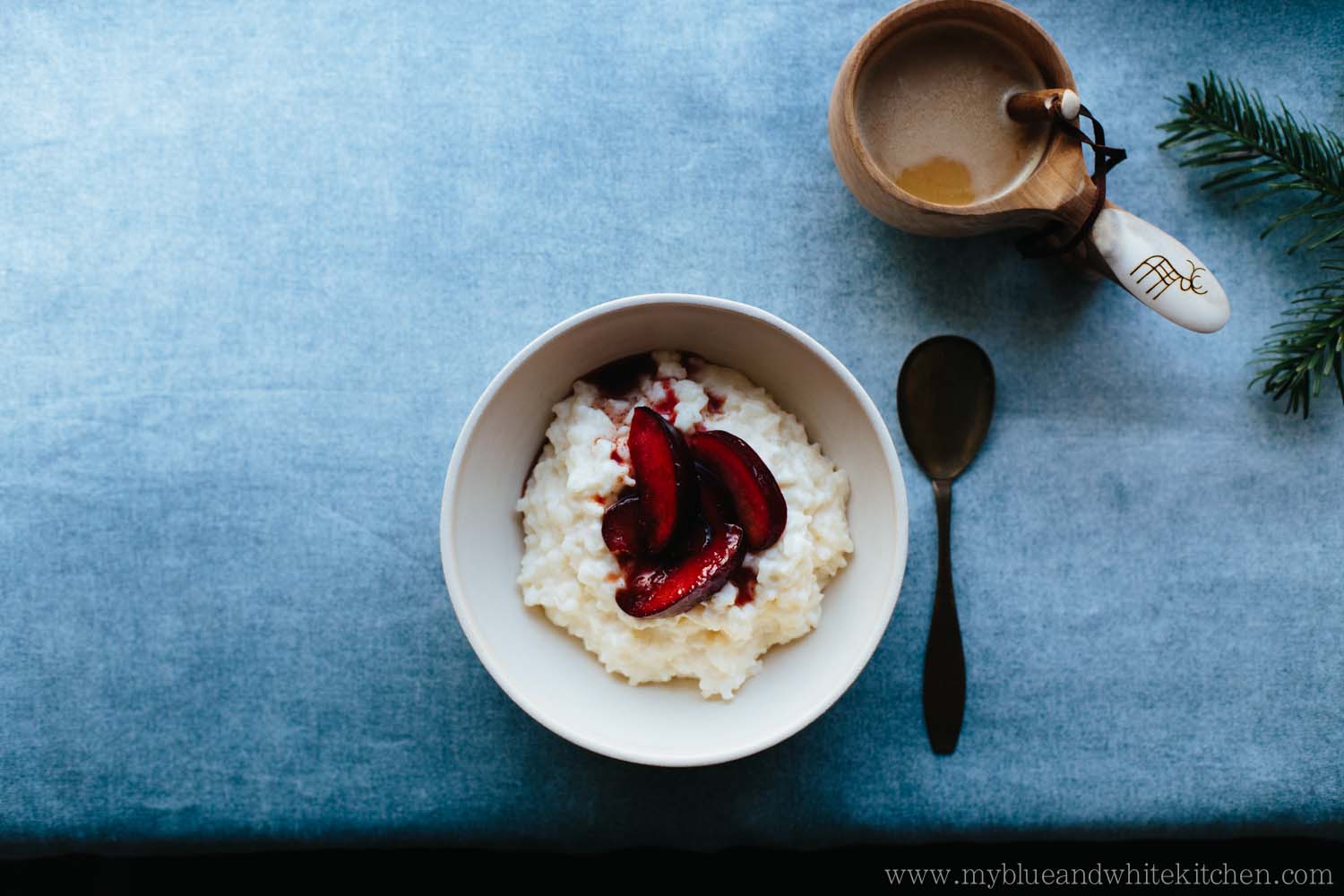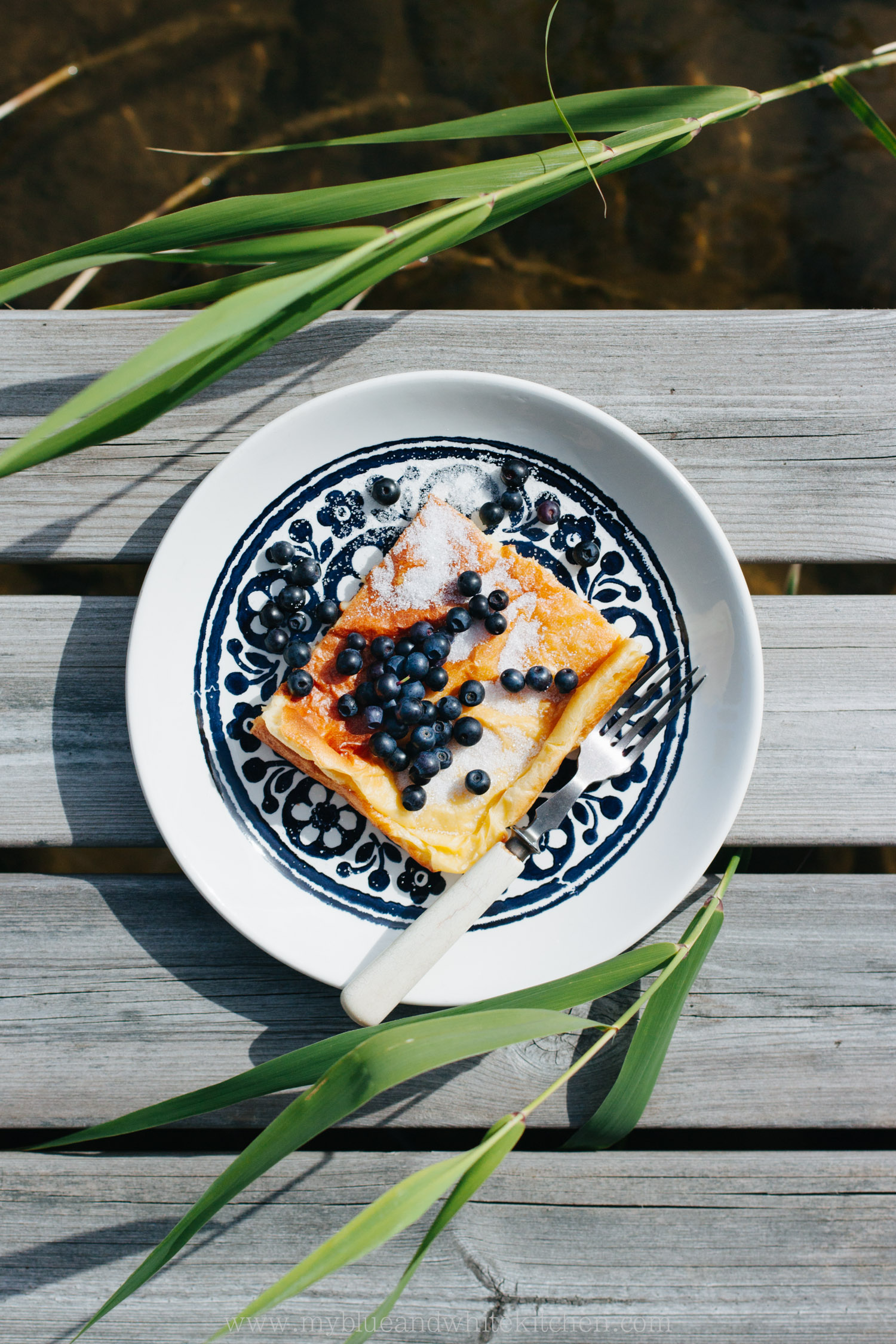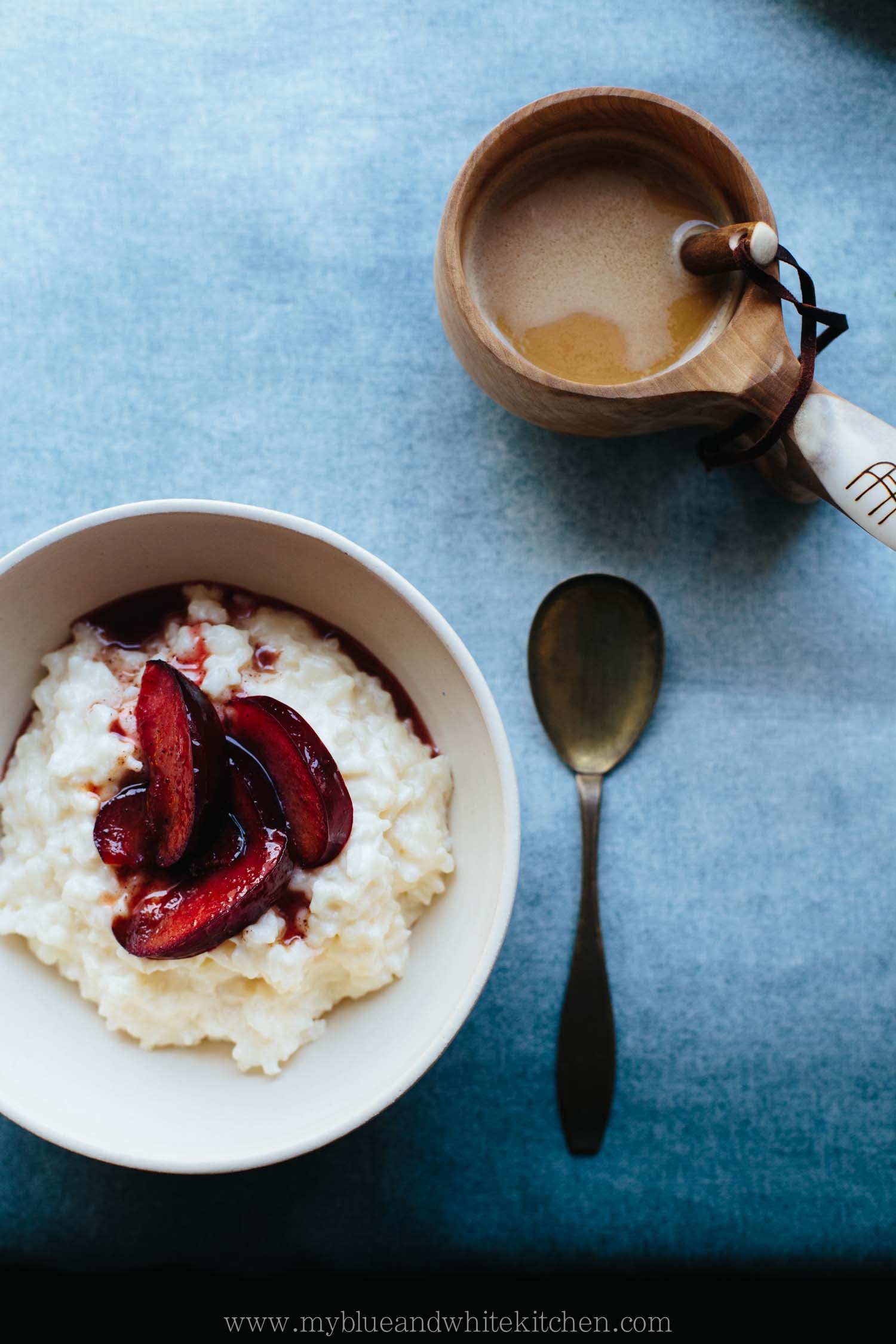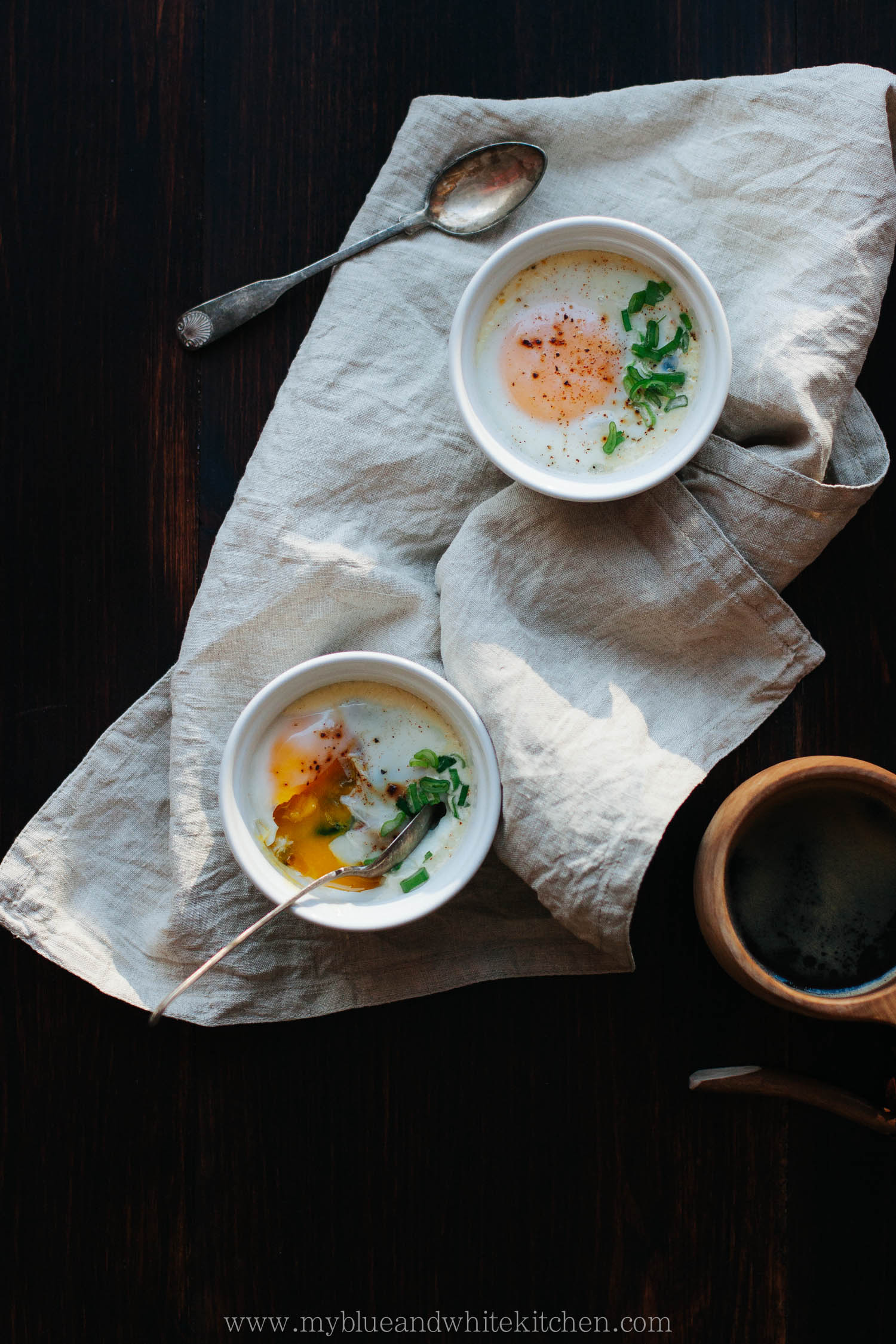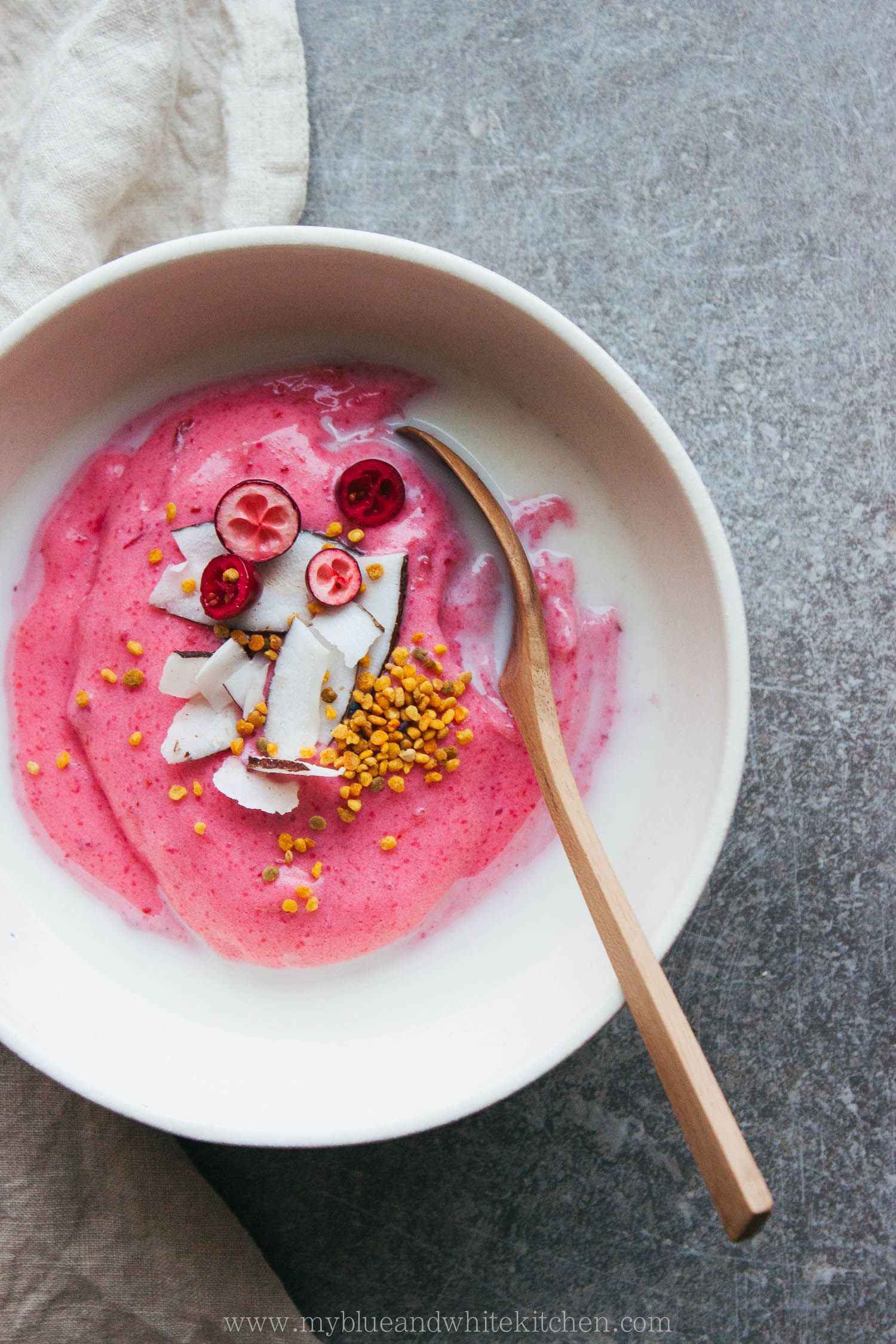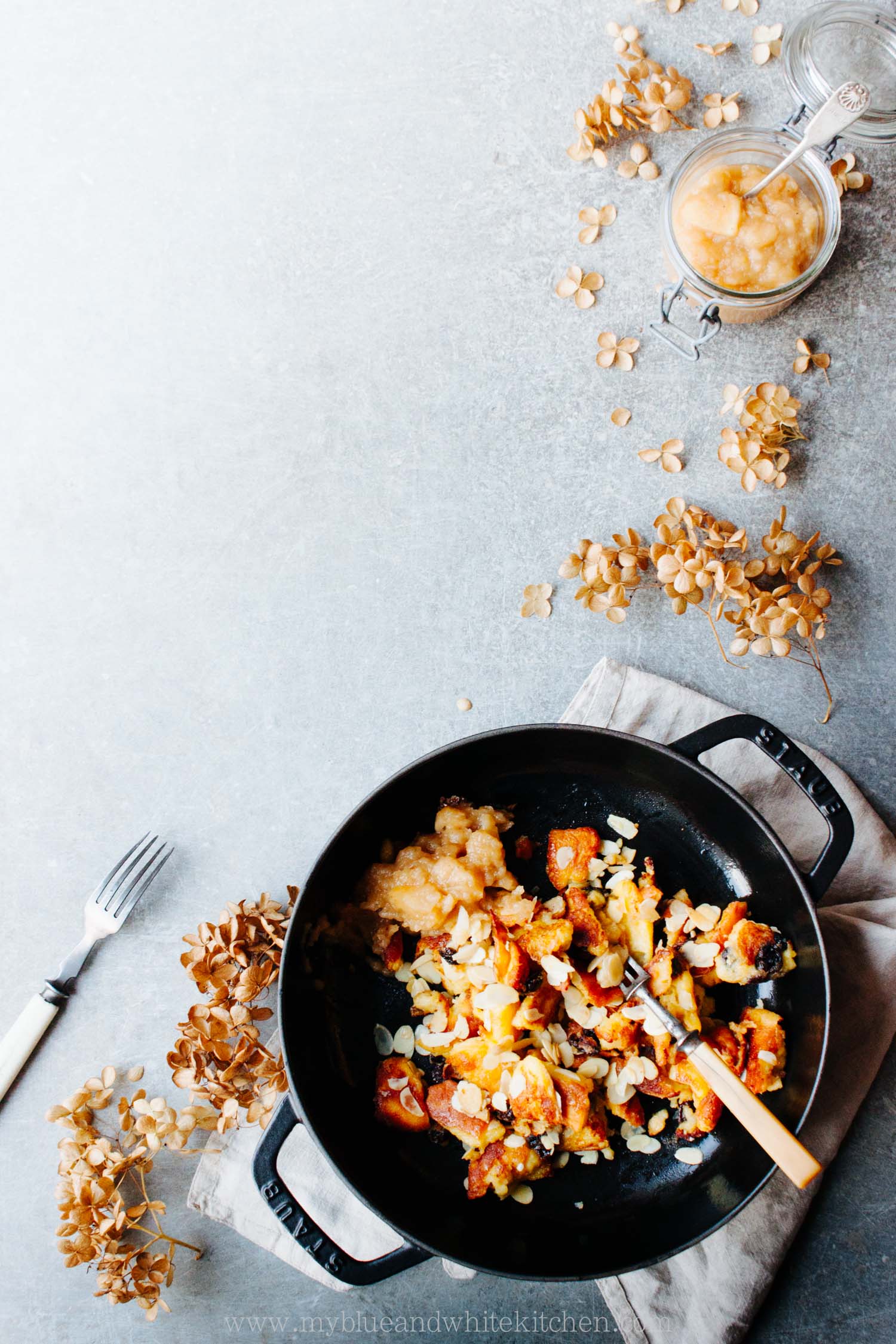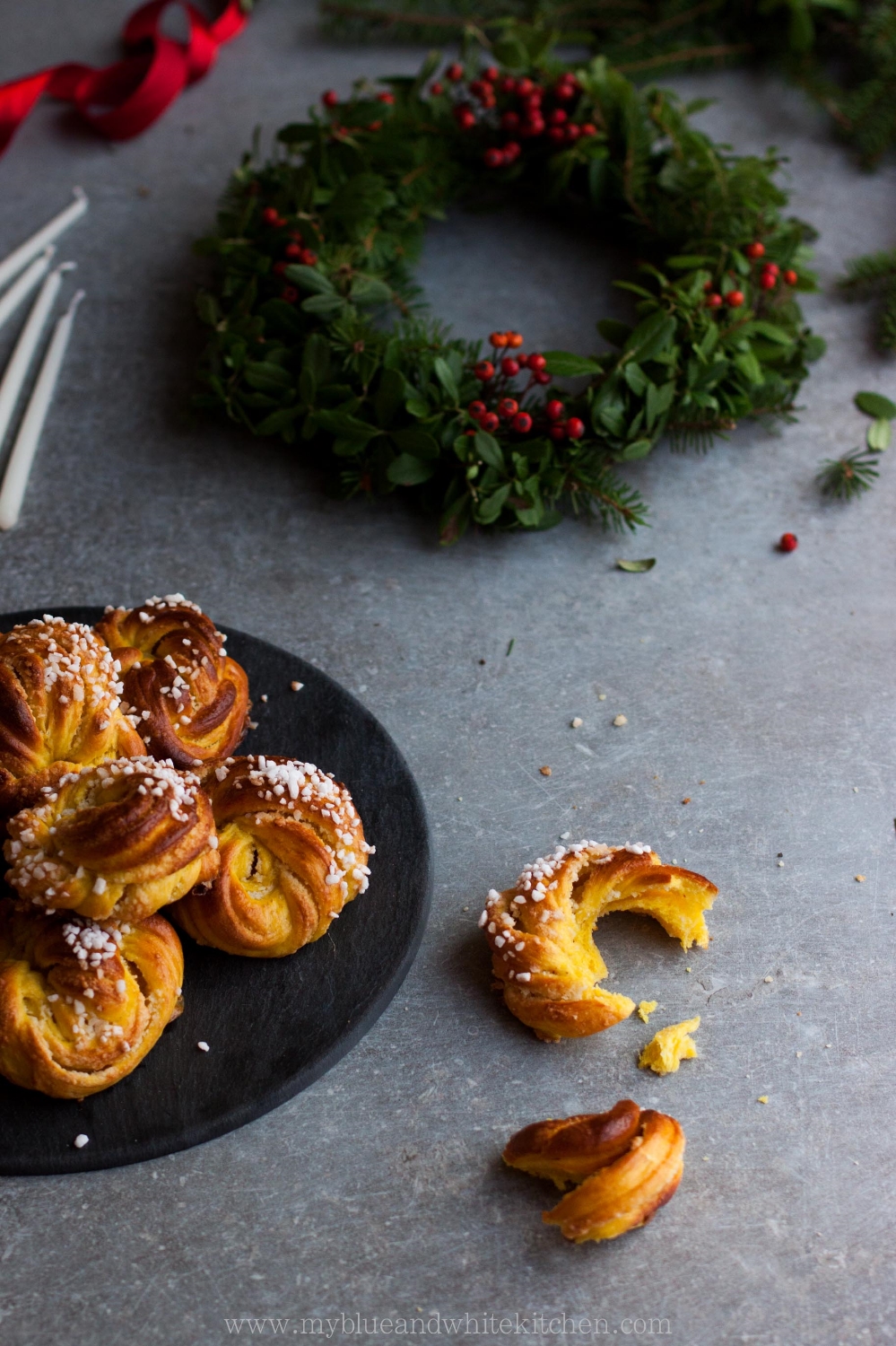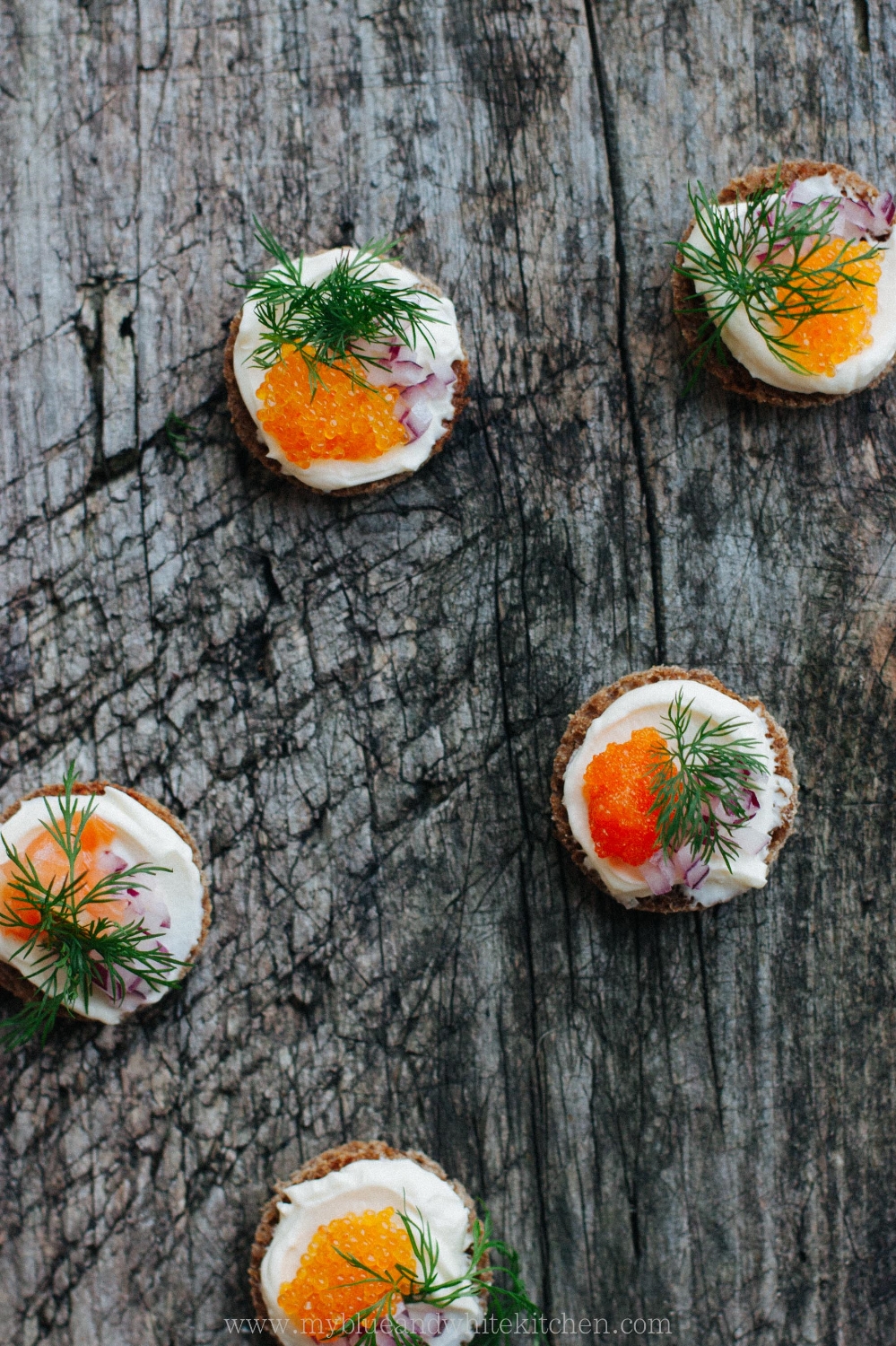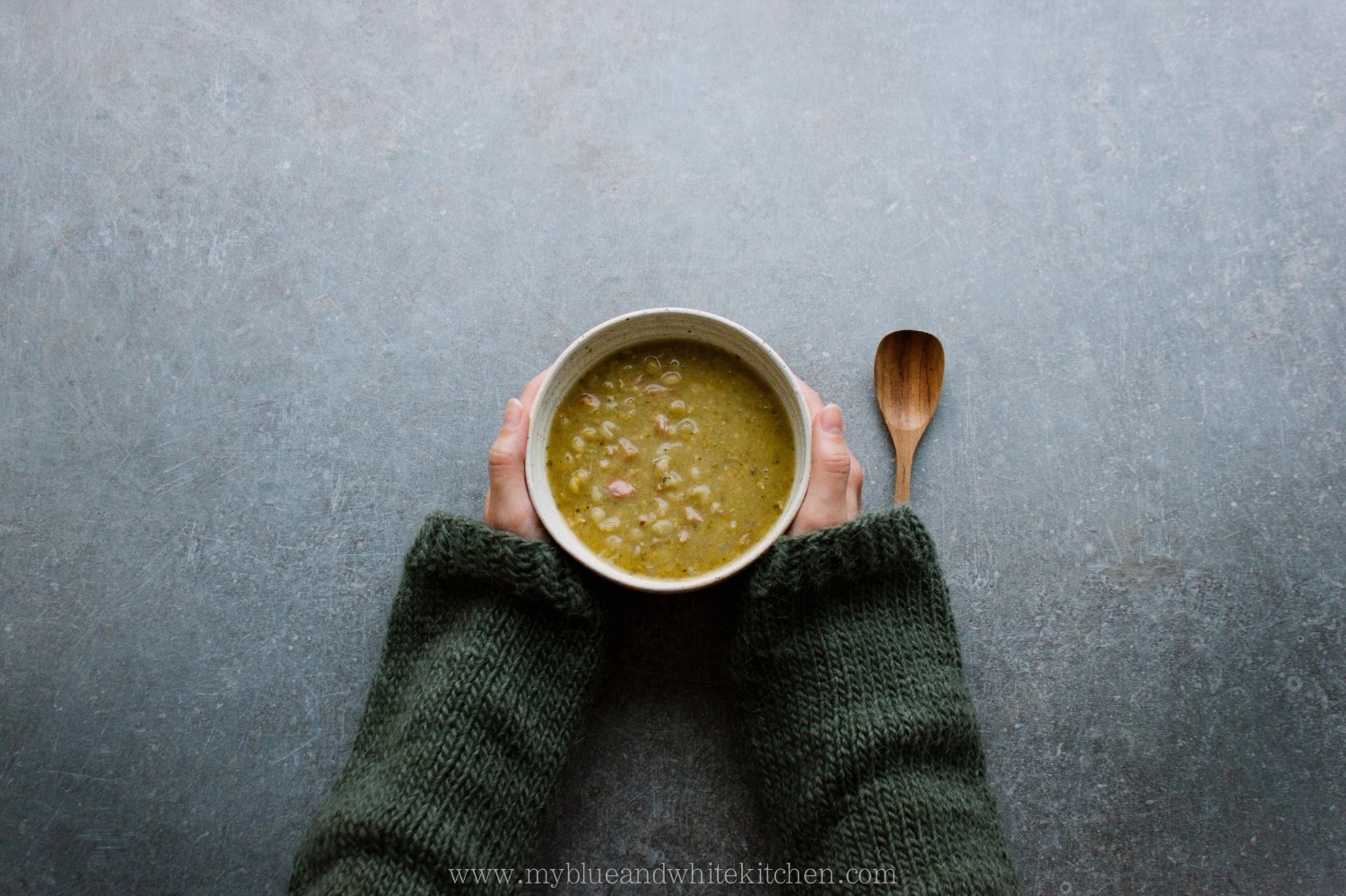I can't believe it has already been 3 weeks since our food and lifestyle photography and styling workshop in Alentejo, Portugal. The week I spent in Portugal was seriously one of the best and most inspiring weeks of my life. The trip gave so many answers, affirmed that I'm on the right path, that dreams are there to be made true. That I can make it if I only work really hard and believe in myself.
A huge thank you to Marta and Sanda for organizing it all and to Filipe for all the cooking and grilling despite a serious spring storm (talking about real-life heroes). Thank you Maria for being a fabulous host at Cabeça da Cabra Guesthouse - we'll meet again next year. Also, thank you to every single lady who I met, shared stories with, and laughed till tears ran down my face: Simone, Anna, Marina, Mina, Ana, Lisa, Pilar, and Giulia. I know we'll keep in touch and meet again. A special thank you to my dear friend Jonna for taking this adventure with me - this is only the beginning.
It's finally time to announce an exciting project I, Jonna, and our friend Elina are working on. By the end of this year, we'll publish issue 1 of our international, self-published knit & lifestyle magazine. We aim for more than just a magazine. We want to cherish a community of like-minded knitters, creatives, and lovers of good and beautiful things in life. We want to evoke emotions, to inspire you to gather and share. There will be workshops, retreats, and other exciting stuff happening as well. Needless to say, we're here to pour our hearts and souls into this project in order to create the most gorgeous magazine. We'll reveal more details during this summer, so if you want to keep up-to-date please follow us on our Instagram feeds: @myblueandwhitekitchen and @jonnahoo.
And now I have to excuse myself as I need to get out to enjoy the Nordic summer sun. xx



